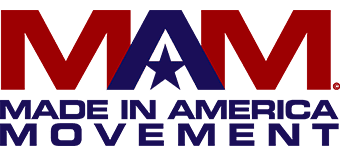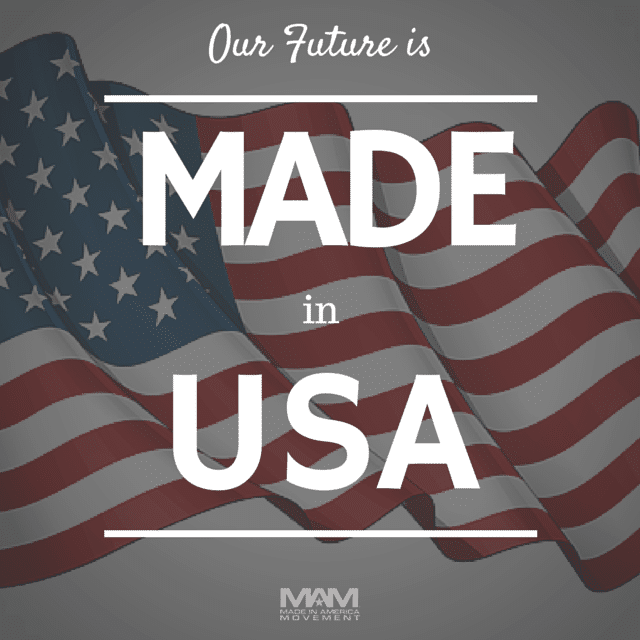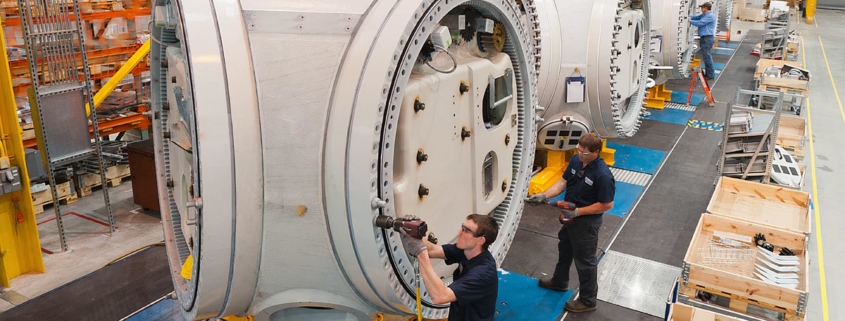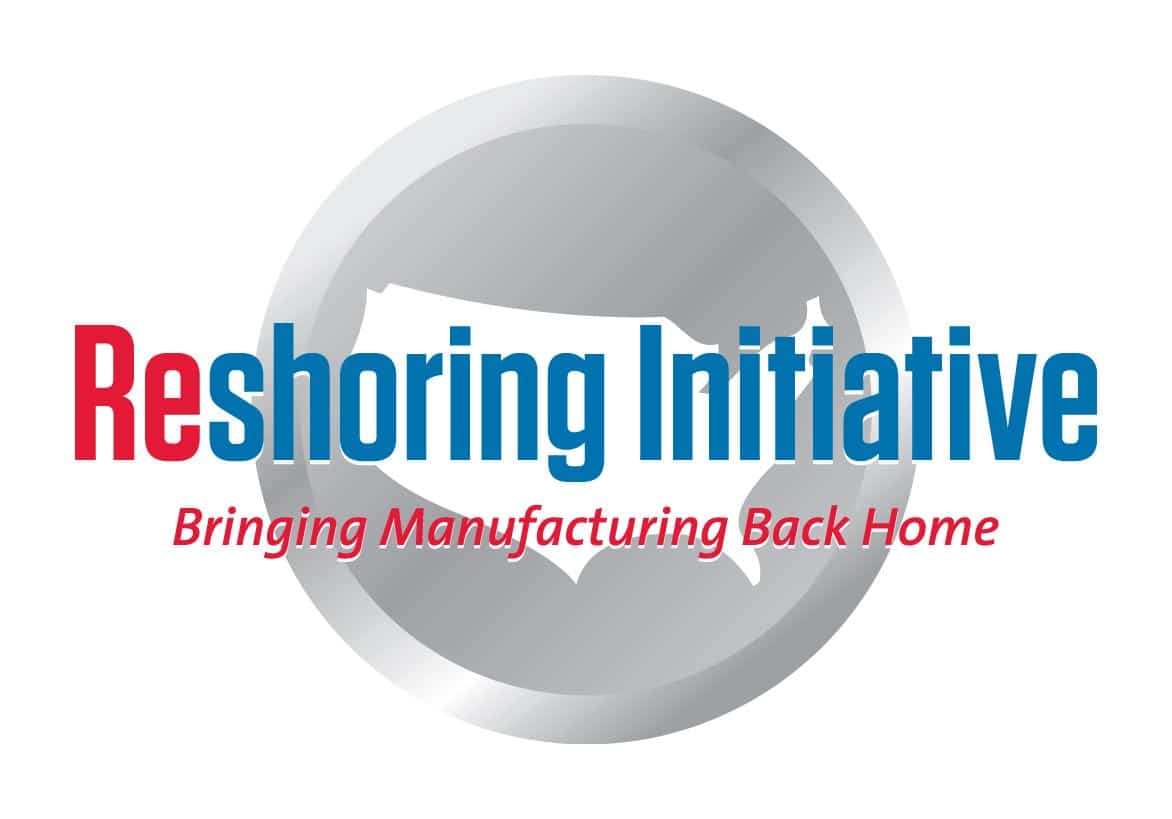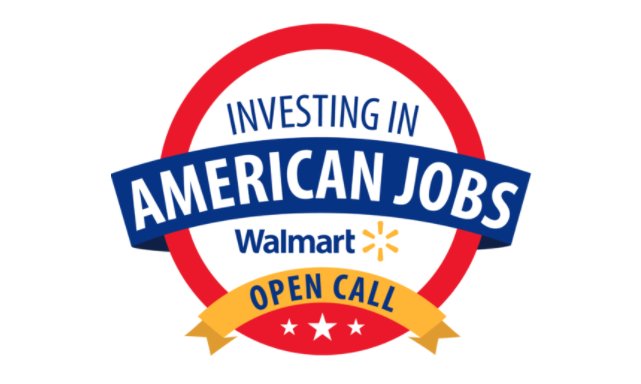In the last decade, we’ve lost millions of manufacturing jobs to outsourcing. According to U.S. News and World Report, there are now 5.1 million fewer American manufacturing jobs than in 2001. The lure of low wages, tax advantages, and other cost savings has made for a seemingly straightforward calculus, and manufacturer after manufacturer, supported by intricate spreadsheets, has abandoned ship until offshoring has become the emerging mantra of the new millennium. U.S. companies that still manufacture locally have slowly become outliers.
Reshoring of Manufacturing Increases in 2020
The United States gradually lost manufacturing jobs from the peak of 19.5 million in 1979 to 17.3 million by early 2000. However, after China was granted Most Favored Nation status that year, the loss of manufacturing jobs in the U.S. accelerated dramatically as American manufacturers moved manufacturing offshore and cheaper Chinese goods drove U.S. manufacturers out of business.
Read moreFord is investing $1 billion, adding jobs at Chicago factories as it makes cuts overseas. They are investing about $1 billion in assembly and stamping plants in Chicago. The automaker is expanding production of the new Ford Explorer, Lincon Aviator, and Police Interceptor. Read more
The Reshoring Initiative (Kildeer, IL) and the Precision Metalforming Association (PMA; Independence, OH) invite companies that have successfully reshored parts or tooling made primarily by metal forming, fabricating or machining to apply for the first National Reshoring Award. There will be one award for buyers and one for suppliers. Read more
Many companies that offshored manufacturing American jobs didn’t really do the math.
For decades, U.S. companies have been chasing cheap labor offshore and then importing products to sell in the U.S. market.
Now, a broader focus on Total Cost of Ownership (TCO quantifies all relevant costs, risks, and strategic factors) and advanced manufacturing together have the potential to end the manufacturing stagnation of the past 30 years and create millions of manufacturing jobs in the U.S.
Over the past 20 years, the boom in offshoring drove our goods trade deficit up by about $640 billion a year, costing us three to four million manufacturing American jobs.
The most direct way to reduce the trade deficit, is to substitute domestic production for imports, i.e. via reshoring and foreign direct investment (FDI) in the U.S. The result of eliminating the trade deficit would be a rapidly growing manufacturing workforce for the first time in 40 years, a rise in average wages and a 25% to 30% increase in manufacturing output and American jobs.
Related Article: Read about The Made in America Roundtable at the White House
Many companies that offshored manufacturing didn’t really do the math. An Archstone study revealed that 60% of offshoring decisions used only rudimentary cost calculations, typically just price or labor costs and ignored other costs such as freight, duty, carrying the cost of inventory, delivery and impact on innovation. Most of the true risks and cost of offshoring were being ignored.
Now is a good time to re-evaluate the cost of domestic vs. offshore production.
Chinese wages have been rising by about 15% a year since 2000. As a result, the Chinese labor cost in dollars per unit of output is now about four times what it was in 2000. We estimate that about 25% of what is now offshored would come back if companies quantified the total cost. These products would generally have characteristics such as high freight cost vs. labor cost, frequent design changes, volatility in demand, intellectual property risk, and regulatory and compliance requirements.
For these most-reshorable products, such as large appliances with high freight costs, medical devices requiring high technology and quality standards, and plastic products that are getting cheaper thanks to declining natural gas and oil prices, the offshore manufacturing cost gap vs. the U.S. is now smaller than the offshoring “hidden costs” mentioned earlier.
[clickToTweet tweet=”About 25% of what is now offshored would come back if companies quantified total cost. | #reshore ” quote=”About 25% of what is now offshored would come back if companies quantified the total cost. “]
These costs are readily quantified using the Reshoring Initiative’s free online TCO Estimator. Since our trade deficit represents four million manufacturing American jobs, the returnable 25% is equal to 1 million manufacturing American jobs.
In addition to the 25% reshorable if companies would just do the math correctly, another 25% of the offshored manufacturing jobs could come back if America can become just 15% more competitive via sustainable strategies like advanced manufacturing using robots and other forms of automation, lower corporate tax rates, and regulations and a lower U.S. dollar. In total, adding approximately two million manufacturing jobs over the next 10 to 15 years is feasible. A 3.6 multiplier effect, as per the Manufacturers Alliance for Productivity and Innovation, would take the total to a gain of about 7 million jobs across the economy.
Advanced manufacturing helps level the global playing field for the U.S. First, the number of labor hours per unit of output is reduced. Second, the gap in the labor cost per hour shrinks. For example, a highly skilled robot engineer in China makes a third to a half of American pay and not the small fraction (5% or 10%) of the low-skilled Chinese workers.
In addition, acquiring capital equipment is more expensive in China because of China’s value-added tax of 13% or 17% on imports. Fortunately, the U.S. can have automation and more jobs as we reshore and draw down the four million jobs lost to offshoring.
The jobs won’t be the same, but we see a huge potential for economic growth.
The U.S. will need to fill approximately 3.5 million manufacturing American jobs over the next 10 years, according to a recent study from Deloitte and The Manufacturing Institute. Given our low rate of training, they estimate there will be a shortage of 2 million skilled workers. This shortage is one of the largest barriers to reshoring. Fortunately, high visibility for reshoring will help increase the rate of recruitment, as students increasingly understand that manufacturing is, once again, a solid career choice.
[clickToTweet tweet=”Good news is the bleeding of #manufacturing #jobs to #offshore has stopped. #reshore #mfg” quote=”The good news is that the bleeding of manufacturing jobs to offshore has stopped.”]
According to Reshoring Initiative data, the availability of a skilled workforce and training are essential for bringing jobs back, ranking second among the reasons given by U.S. companies moving jobs back to the U.S. and foreign companies creating manufacturing facilities here. When companies reshored and failed to find the needed workforce, the transition was painful. The availability of a sufficient quality and quantity of skilled workers is often the No. 1 criterion in selecting the location for a factory and a key issue for retention and expansion.
The good news is that the bleeding of manufacturing jobs to offshore has stopped. Reshoring, including FDI, balanced offshoring in 2015, as it did in 2014. In comparison, in 2000-2003 the United States lost a net 200,000 or so manufacturing jobs a year to offshoring.
The Road Home
There are many alternative paths that might lead to a dramatic reduction in the trade deficit: stronger skilled workforce, lower corporate taxes, and regulations, border adjustment tax, lower health-care costs, lower U.S. dollar, etc.
The Reshoring Initiative is currently developing a Competitiveness Toolkit. Our objective is to offer President Trump and Congress their choice of a mix of paths that will achieve the desired reduction in the trade deficit while minimizing domestic and international resistance and unintended consequences such as inflation.
We have a long, difficult journey ahead; we need to pick the best paths.
Harry Moser is the founder and president of the Reshoring Initiative and worked for several decades in manufacturing. Sandy Montalbano is a consultant to the Reshoring Initiative.
Did you know that buying Made in USA has a bigger impact than you know? Click here for the top 4 reasons.
Learn how you can become a MAM brand ambassador and help support the Made in America Movement.
What: Walmart Open Call for US Products
Where: Bentonville, AR
When: June 28, 2017
Who: Companies that want to sell U.S. products to Walmart Read more
Play-Doh will soon be squeezed out of a factory in the U.S. again, as Hasbro Inc. brings manufacturing of the popular moldable clay back to America for the first time in years. Read more
Good news for U.S. manufacturers: stateside production and employment opportunities are on the rise.
Read more
Japanese display maker Sharp Corp may start building a $7 billion plant in the United States in the first half of 2017, taking the lead on a project initially outlined by its Taiwanese parent Foxconn, a person with knowledge of the plan said. Read more
A proposed overhaul of the U.S. tax code favored by Republicans in the House of Representatives is drawing fire from small-business owners who sell everything from toys to materials used in kitchen cabinets.
Read more
INQUIRIES
Media: PR Department
Partnership: Marketing
Information: Customer Service
